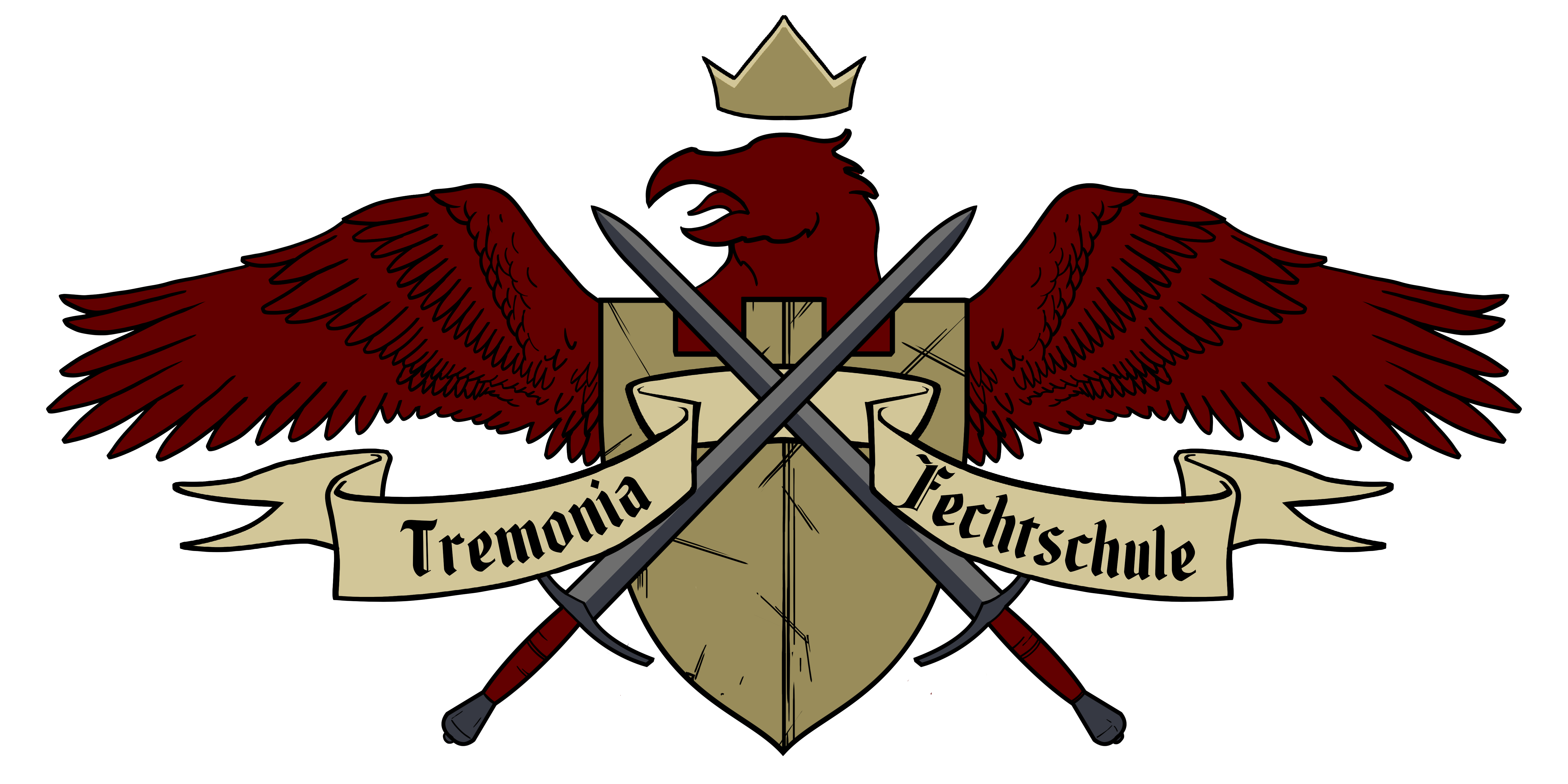Dortmund calls for the 11th time, will you answer?
There definitely will be old and new friends from Clubs in Denmark, Finland, Germany, Latvia and the UK visiting as instructors. They will offer our usual varied schedule, covering a wide spectrum of our beautiful sport.
In addition there are tournaments, sparring and socialising around the campfire all against the beautiful backdrop of our medieval tower house (in which there even are were some beds to grab, if one hurries hurried to register).
And of course: Finally some normal people … See you on the bouncy castle!
After being able to hold the prices over many years, we sadly now are forced to raise the attendance fee by 10€ due to rising rent and energy costs. All other aspects of our pricing policy remain unaltered.
Time and Place
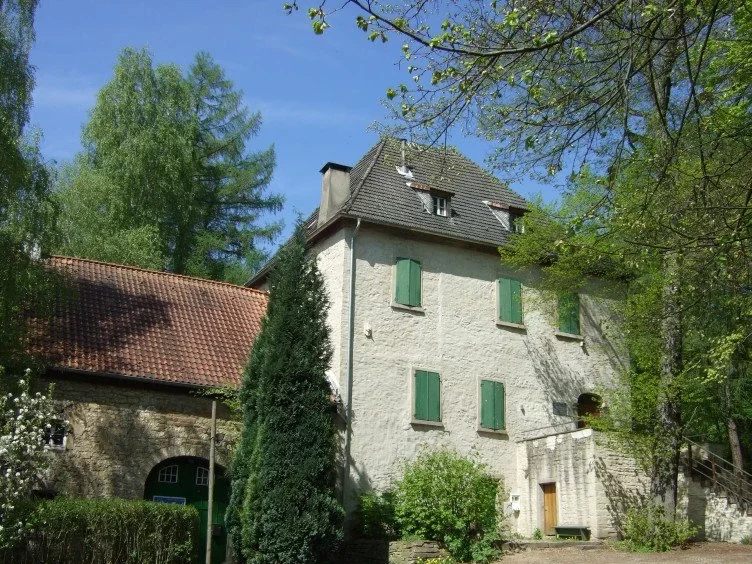
This year's Fechtschule will begin on Friday, 6 September at 5:00 pm and will end on Sunday, 8 September 2024 around 4:00 pm.
The Location
Husen Castle
135 Syburger Dorfstraße
44265 Dortmund
Germany
Instructors

Adam is a historian specialised on the Middle Ages and more recent to most recent history. During his studies he mainly researched social history, more precisely ritual acts in the Middle Ages, and the formation of historical Questions and source critical approaches towards and within the historical science. He also had the chance to come into contact with archaeology, re-enactment, material culture, and HEMA. To this he added intensive experience from Olympic fencing, Iaido and Kendo and always tried to get all of that reconciled somehow. Today he is mainly interested in how sources are approached and the subjectively biased layers of their interpretation through the centuries. With Kaptorga he works as a history consultant for media productions and museums and with an active community spreads information about conceptions of history in the shape of podcasts, documentaries, short films and social media content.
Projection and Bias – The Modern Perspective on Medieval Fighting (Lecture)
How do we actually call parties involved with violence in a medieval context? Soldiers? What does that term imply and what complex image of organisation, background economy and eventually societal model do we conjure up, if we use the term?
Or do we, as people are wont to in the early medieval context, speak of warriors? What dies this ethnologically tinted term mean? How often are warriors involved with organised violence? What training do they have? Are they allowed, when carrying that title in our eyes, to pursue a trade or craft? Cultivate or just own fields? Do they become farmers if they are involved with harvests more often than with campaigns? Why do we call Scandinavian fishermen who partook in battles twice in their life Viking warriors whilst a cloth merchant from Northern Germany who participated in two sieges and two campaigns is still a townsman?
And what happens, if we look at the conflicts themselves? The fight on its different levels, from the campaign to the duel? Do our assumptions and the terms we bring in stop?
Let’s revel in the joy of reflexion and question as much as possible of what we, the scientific community and interested laypeople bring into the inspection of historical fighting, because only thus do we acquire the good that we won’t acquire – objectivity.
Formulating and examining questions in working with historical sources (Seminar)
Has this happened to you: You want to approach a medieval source, you chose exactly this one as it contains swords and fighting, it isn’t much – but more than in other texts – the lines inspire you, never before has anyone formulated such insights into this texts! You are really onto something! I confess – this has happened to me. But how do we now find out, whether we really are onto something or just fell victim to a brainfart? In working with historical texts at least two complex clouds of motivations, cultural background, conversational habits, etc. meet – i.e. those of the author and those of the modern reader. To do justice to sources, we must not only know the conditions of the authors, but at least as much our own. By reference to selected texts, gladly also ones brought in by the participants, we will concern ourselves with our own expectations and develop questions which make their own motivation as transparent as possible. Will it kill the fun or double it?
The workshop builds upon the lecture about projection and bias.

Kristine has been a student of HEMA since 2010. She has been active in the tournament scene since 2011 and has earned several medals at international tournaments in various weaponsets since then. Her focus is spread across Sword & Buckler, Rapier & Dagger, Longsword and, most recently, Sabre. A long background in ballet and various other sports informs her approach to footwork and body mechanics and is a point of interest in understanding how to be more agile in the ring. Kristine is a student and instructor at HEMA Riga in Latvia.
Footwork for Longsword (Workshop)
Drills to make you nimbler in the ring. Most of this are applicable for all weapons, but the focus will be on how we move with longswords. Most of the seminar can be done without kit. Towards the end minimum mask and gloves will be required – full gear if you’d like to do the drills at a higher intensity.
Setting up false-edge cuts and other interesting angles with the longsword (Workshop)
Looking at which scenarios call for false-edge cuts as a way to break a pattern in sparring. The focus will be on how to set-up your delivery in these conditions. We will build upon the footwork seminar from the previous session as footwork is fundamental in breaking these patterns.

Viktoria is an instructor in Copenhagen and has been stabbing people with swords pretty much since childhood. Her main areas of focus are the rapier of Salvator Fabris and a little Thibault D’Anvers on the side, but she dabbles in everything with a point and an edge.
"Hips don't lie" – using the hips and shoulders for better fencing (Workshop)
Description: This workshop will present a series of drills based on several manuscripts with the focus on using your shoulders and hips for strong and fast actions.
In part 1 we will focus on developing the hip and shoulder movement via Marcelli’s stoccata annervata and some plays from Salvator Fabris.
In part 2 our focus will be on the use of the feet and weight for feints and invitations, coming from the bolognese tradition and Thibault D’Anvers.
Levels: all levels.
Gear: Would prefer if people have a rapier.

Oliver starting HEMA can pretty much be dated to his first glimpse into Joachim Meyer’s Fechtbuch in 2004. Since then he has studied a very varied selection of weapons and systems. His main focus since 2012, though, is on 19th century fencing. Fittingly since 2015 he is a student of Maestro Parodi from Genoa. There he studies the traditional methods for the short and long stick as well as the knife and unarmed applications.
Marcus trains cut and thrust fencing according to 19th century German and Genovese sources with Mispeldorn – Historische Kampfkünste in Aachen since 2017. The Genovese sources then roused his interest in the traditional fighting style of the local dockworkers, which he studies with Oliver since 2019
A Stab at the Genovese Knife (Workshop)
In this workshop we will gain an overview over the method by which the dock workers of Genoa used their knives.
There are no expansive and fancy movements as one might know from southern Italy. The knife as well is one for daily use by the craftsmen back then and no overlong folding knife. But just like those traditions, the Coltello Genovese was passed on from master to student. Written sources from the 19th century are as existent as they are needed to learn the art, which is not at all.
As might be assumed by now, this is not an extensive and elaborate system, but rather a collection of tricks and ruses as well as applied concepts.
Those who like things down-to-earth and unadorned, will get their fill here.
WOOMM – The Sound of Bastone Genovese (Workshop)
An equally simple method for handling the common stick or walking cane has also been preserved for us by the dock workers. One might rather associate the walking cane for the purpose of sauntering with the gentleman of the 19th century, but in fact it was also the weapon with which the carters could defend their cargo in case of need.
This workshop provides the basics for using the stick in offense and defence. Some might notice parallels to contemporary sabre fencing, noticing next that seemingly less emphasis is put on posture. An aspect probably due to the short training times – in the storehouse in case of bad weather. Nonetheless, or maybe because of that, the stick taught in this way impresses with its simplicity paired with powerful blows.

Auri Poso started in historical European martial arts in 2002 under Guy Windsor, and founded Gladiolus School of Arms in 2021. In between these dates there’s been more life, work and children than HEMA, which Auri finds actually quite healthy. A Fiorist and a history geek, Auri loves the research aspect of HEMA and would quite happily spend the next 30 years going over Fiore’s treatises with a magnifying glass in one hand and various weapons in the other.
Battle Flowers (Workshop)
Fiore dei Liberi lived in Northern Italy in the 14th-15th centuries, and wrote a treatise called Il Fior di Battaglia. That’s pretty much as much as we know about him for sure. The treatise sets out a complete system of martial arts, which he called Armizare: wrestling, dagger, swords, spears, polearms, in armour and out of it, on foot and on horseback, it all comes together to form a coherent method with a limited number of key principles and techniques. In this workshop, we’ll use Fiore’s own wrestling, dagger and longsword plays and drills derived from them to get a nodding acquaintance with Fiore’s system.

Reinis Rinka is the head instructor for HEMA Riga. In May 2024 he won gold in Open Rapier at the London Hema Open and in June 2024 gold in Open Rapier at the Albion Cup – UK’s biggest and highest rated tournament. Currently ranked within the top 10 HEMA rapier fencers in the world (10 June 2024).
Rapier Counterplay against the Dagger (Workshop)
Description: A workshop on defeating your opponent’s dagger actions both defensively and offensively.
Participants will also be encouraged to present rapier & dagger techniques they would like to workshop. Either techniques they are struggling with or techniques they’re especially proud of. Reinis will also teach a couple of cool and proven techniques to add to your repertoire.
Level: All skill levels are welcome. Some experience with Rapier & Dagger is recommended, but not essential.
Gear: You will need a rapier a dagger and protective equipment for this workshop.

Lauren is an instructor at the York School of Defence in the UK. Although she now predominantly teaches Messer, her journey into the wonderful world of HEMA started more than a decade ago when she attended a workshop on Victorian self defence, and, after discovering that she could throw a man twice her size clear over her shoulder by just following advice from old newspaper articles, she was hooked. Her interest in the martial and cultural history of that period led her to discover the self defence methods used by the Suffragettes in their fight for the women’s right to vote. She has had the privilege of teaching this fascinating subject to people at events both in the UK and in Europe and is very excited to be able to return to the Tremonia Fechtschule, which was her first international teaching event many years ago.
Suffrajitsu Tea Party (Workshop)
In the UK at the start of the 20th Century women were fighting for the right to vote. This fight would often become physical, with police and angry mobs inflicting violence upon the protestors. In order to protect themselves from injury, arrest and imprisonment they learned Jujitsu. For the elite members of the Suffragette BodyGuard this was done in special dojos, for others this was done in the form of ladies tea parties. Today we’ll be looking at the fun way they may have learned this valuable self defence by having a Jujutsu party. There will be throwing people around, there will be joint locks, there will be dancing and there may even be cake.
Kit requirement:
Nothing required, but a gi jacket or sturdy top may be useful and groin protection is always recommended for those who anatomically need it.
Programme
| 5:00 pm | Registration, camp setup |
| 6:15 pm | Address of welcome |
| 7:00 pm | Dinner |
| 8:00 pm | Lecture Projection and Bias – The Modern Perspective on Medieval Fighting (Adam Nawrot) |
| 9:00 pm | Campfire |
| 9:00 am | Breakfast |
| 10:00 am | Morning announcements |
| 10:30 am | Workshop Footwork for Longsword (Kristine Konsmo) Workshop "Hips don't lie" – using the hips and shoulders for better fencing (Vicky Chudinov) Workshop A Stab at the Genovese Knife (Oliver Janseps, Marcus Wirth) Seminar Formulating and examining questions in working with historical sources (Adam Nawrot) |
| 12:30 pm | Lunch |
| 2:00 pm | Workshop Battle Flowers (Auri Poso) Workshop Rapier Counterplay against the Dagger (Reinis Rinka) Workshop Suffrajitsu Tea Party (Lauren Ireland) |
| 4:00 pm | Fechtschule (tournament) with any synthetic weapon Free training, test cutting |
| 6:00 pm | Barbecue |
| 9:00 am | Breakfast |
| 10:00 am | Morning announcements |
| 10:30 am | Workshop Setting up false-edge cuts and other interesting angles with the longsword (Kristine Konsmo) Workshop "Hips don't lie" – using the hips and shoulders for better fencing (Vicky Chudinov) Workshop WOOMM – The Sound of Bastone Genovese (Oliver Janseps, Marcus Wirth) Seminar Formulating and examining questions in working with historical sources (Adam Nawrot) |
| 12:30 pm | Lunch |
| 1:30 pm | Fechtschule (tournament) with steel longsword Free training |
Testimonials

» I attended Tremonia Fechtschule in 2019; great organisation and atmosphere at the event. The club members were very hospitable and a pleasure to train with! «
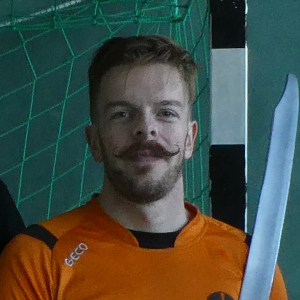
» Tremonia Fechtschule is one of those events that embody HEMA for me. Events that are very specialised, such as high level tournament, or weapon specific gatherings, are really cool. On the other hand, events that offer the full range of what the historical martial arts have to offer are absolutely great too. Tremonia is fully that: staying in a castle close to Dortmund, following a variety of workshops and lectures, doing tournaments with both longsword and synthetic weapons (you can do some crazy matchups there) and finally sitting down at the camp fire at night. Something that is important for me personally, is that an event has a good balance between activities. There’s few things more annoying than having a full schedule that allows no time for socialising or sparring, and Tremonia Fechtschule thankfully has a good balance in this regard. […] If you’re looking for an event that puts the enjoyment of HEMA first and if you’re looking to see what the German community has to offer, I would definitely recommend going to Tremonia Fechtschule. «
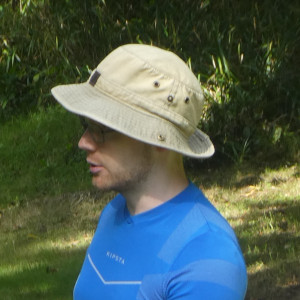
» I really enjoyed my time at the event – […] a wonderful venue, a superb theme and atmosphere, and this naturally seems to attract a lovely group of people. «
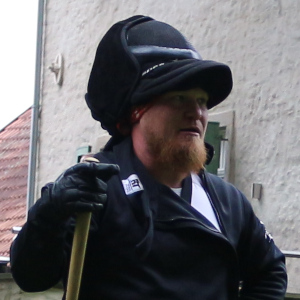
» I must say that im very impressed by Tremonia Fechtschule as an arrangement.
The evenings, which included quite a lot of alcohol and a heavy overweight of men to women in ratio, and I did not see anyone being „that guy“.
Nobody seemed to be have to be moved away, none of the women seemed to be put in awkward situations. […]
The crew behind the event have been actively working with promoting a healthy and inclusive culture for everyone.
Also there were several people who did not drink alcohol and it appeared to me that there was zero peerpresure with regards to alcohol consumption.
In short, if you’re looking for a HEMA event or indeed just a martial art event that is safe, inclusive and friendly regardless of background, culture, skincolor, gender identity or sexuality, I can wholeheartedly recommend Tremonia Fechtschule. «

» I found the staff to be friendly, polite, and professional. They fostered an atmosphere that was relaxed despite the counter-covid restrictions, but also welcoming and inclusive. […] «

